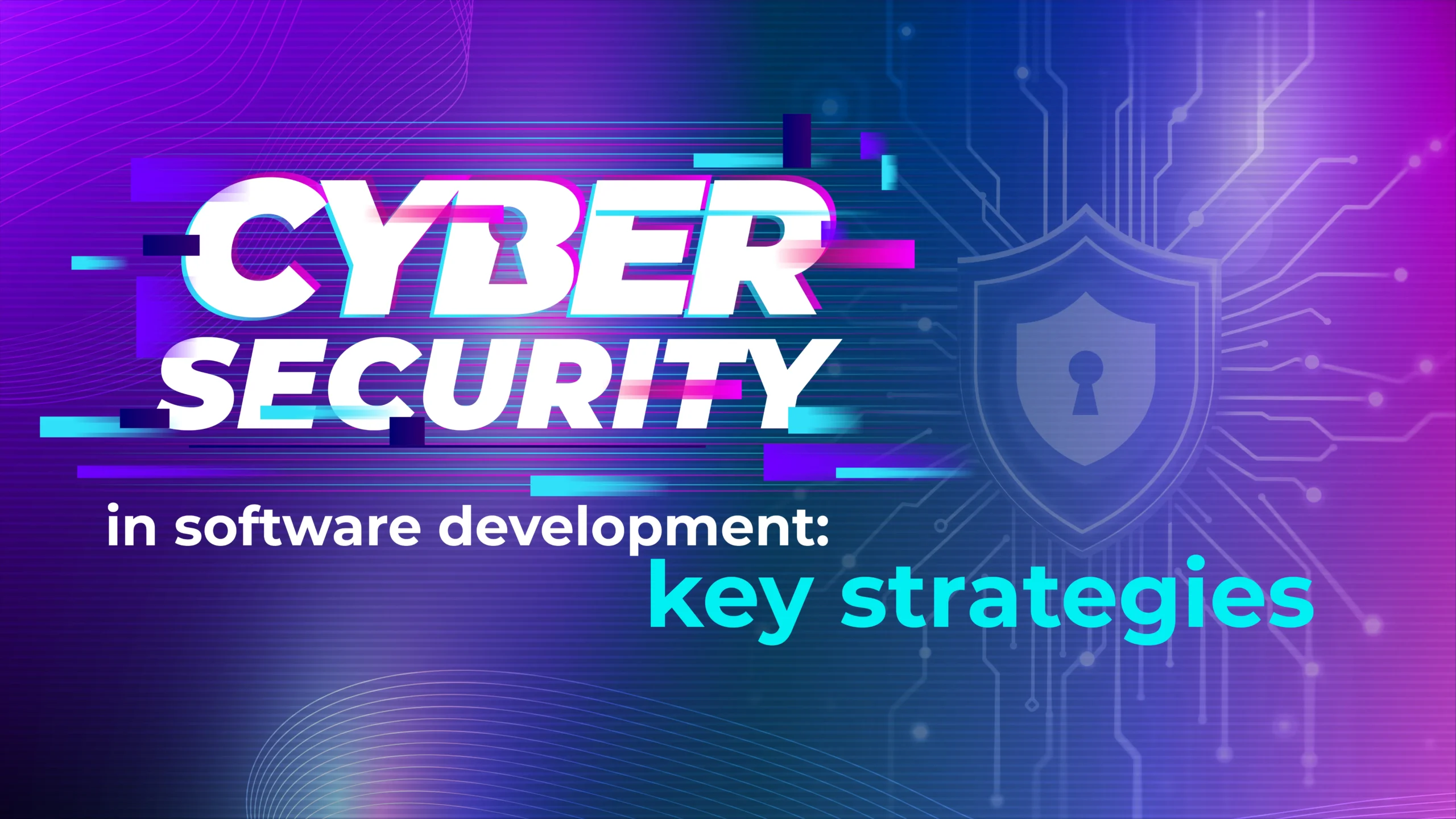Companies can’t afford to treat security as an add-on anymore—it’s gotta be a core part of the design from day one. Data protection, breach prevention, and regulatory compliance are priorities that define the success of any tech project.
Sectors like finance, healthcare, and e-commerce demand robust solutions that safeguard sensitive info and ensure service continuity for customers, partners, and businesses. In a constantly evolving digital landscape, it’s critical to implement solid cybersecurity strategies like the ones below.
1. Understand Security’s Impact
Awareness is the first step to reducing risks. Developers and tech teams need to grasp that a single coding mistake can open the door to devastating cyberattacks.
For example, an undetected vulnerability in a banking app could expose millions of users’ financial data. That’s why ongoing training programs are essential to keep teams updated on the latest threats, like phishing or SQL injection.
Top companies run attack simulations and hands-on workshops. Plus, fostering a culture where everyone owns security—from the CEO to interns—stops human errors from turning into critical breaches.
2. Encrypt Sensitive Data
Encryption is a must-have barrier against unauthorized access. Data, whether in transit or at rest, should be protected with strong algorithms like AES-256.
Tools like TLS/SSL are key for securing server-device communications. Companies like Lancôme rolled out HTTPS in their PWAs, which not only boosted their SEO ranking but also strengthened customer trust.
In regulated sectors like healthcare, encryption isn’t optional. Standards like HIPAA require medical data to be transmitted and stored securely. A hospital that ignores this doesn’t just face million-dollar fines—it risks losing credibility altogether.
3. Run Regular Security Tests
Security testing acts like a stress test for your software’s defenses. Static code analysis catches vulnerabilities like buffer overflows or injections before the software even goes live.
Regular testing keeps companies on their toes, spotting new risks that might’ve slipped through earlier checks. This lets businesses prepare and design response plans proactively.
Automation plays a huge role here. Integrating vulnerability scanners into CI/CD pipelines helps catch issues in real time. GitHub’s Dependabot, for instance, flags outdated or risky dependencies. That way, teams can patch risks before they reach end users.
4. Manage Access Tightly
The principle of least privilege is key: users and systems should only access what they absolutely need. For example, a customer service rep doesn’t need permissions to tweak databases.
Multi-factor authentication (MFA) adds an extra security layer. Platforms like AWS require MFA for admin console access, stopping hackers who’ve snagged a password from taking control.
In critical environments, like industrial IoT systems, physical and logical access controls must work together. Sensors in a smart factory, for instance, should only talk to authorized servers using digital certificates. This blocks unverified devices from injecting malware into corporate networks.
5. Keep Platforms Updated
Updates aren’t just about new features—they’re patches for exploitable flaws. Tools like Snyk automate dependency management, flagging vulnerable libraries.
In DevOps, baking updates into the software lifecycle is crucial. Kubernetes, for example, lets teams deploy patches without downtime, keeping services running smoothly.
Plus, keeping OSs and frameworks (like React or Angular) up to date guards against known attacks, like those targeting outdated PHP versions.
6. Document Security Measures
Documentation acts as a roadmap for teams and auditors. Detailing encryption methods, authentication protocols, or incident response plans simplifies maintenance and compliance. For example, a company aiming for ISO 27001 certification must prove its processes are well-documented.
Templates help structure this info. Including secure architecture diagrams or incident response flows makes documentation more user-friendly. Tools like Confluence also let teams collaborate in real time, ensuring records stay current.
Documentation also trains new hires. A coding best practices manual, with examples of common vulnerabilities and how to avoid them, speeds up junior dev onboarding. This cuts the risk of mistakes from inexperience.
7. Track and Learn from Incidents
Tracking and analyzing past incidents is key to preventing future attacks. Tools like SIEM (Security Information and Event Management) aggregate logs from systems, networks, and apps to spot suspicious patterns.
A well-defined response plan minimizes fallout. Netflix, for instance, has protocols to isolate compromised services in minutes, preventing local issues from becoming global crises. Plus, post-mortems after each incident uncover weaknesses in processes or tools.
Transparency with users matters too. Reporting breaches ASAP, as GDPR requires, isn’t just about compliance—it preserves trust. A company that hides an attack loses credibility, while one that acts fast can bounce back quicker.
Digital security will always be a top priority for businesses. It’s the defense line between your infrastructure and threats that could undo everything you’ve built.
Designing and rolling out effective cybersecurity strategies doesn’t just lower the odds of attacks—it also boosts your organization’s reputation with partners, customers, and prospects.
